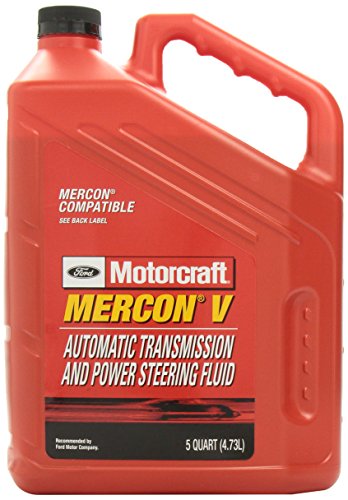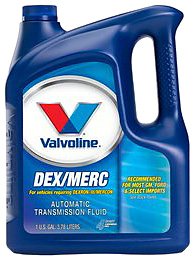Low Transmission Fluid Symptoms

Ignoring low transmission fluid symptoms in your car can be dangerous and can lead to fatal accidents that can cost life.
Transmission fluid serves as a lubricant on the transmission system. Its scarcity can lead to extreme wear out and premature breaking of all the components of the transmission system.
Transmission fluid is also responsible for gear lubrication, clutch plates and seals, as it forms a protective layer between the meshing gear teeth that prevents metal-to-metal contact and helps reduce wear out risk.
Continuing with this problem left unchecked can permanently damage the transmission mechanisms, causing the car to jerk while shifting gears, being subjected to possible car accidents because of the transmission not responding properly.
Causes of Low Transmission Fluid

Because parts of the transmission system are located underneath the car and exposed to the ground, it may leave the system vulnerable to failure due to rocks or debris hitting the components.
The main causes of a low transmission fluid are:
- A cracked or frayed transmission pan gasket
- A leaking torque converter
- Rocks and other road debris that have the potential to damage the bell housing, causing the immediate loss of transmission fluid
- A warped mating surface on the transmission pan gasket preventing it from sealing properly
What Are the Symptoms?
It is important that you get skilled in identifying the problem in its early stage before it escalates.
The symptoms you need to look for are:
- Frequent transmission slips between gear shifts
- Rough movements or jerks when shifting gears
- Problems shifting the gear to move forward or in reverse as the vehicle will take some time to adjust and pick up speed
- Transmission temperature will rise because of increased friction
- Transmission will fail to engage at times
- Fluid burning smell each time you press the gas pedal might be detected
- Problems with wear and tear of several transmission parts, due to the lack of lubrication, and frequent overheating.
- Transmission fluid might leak so that right red fluid puddles on the ground or pavement underneath your car might be seen.
- Your check-engine lights will turn on
What Are the Consequences?
If you happen to have an automatic transmission, the transmission generally requires pressurized fluid for it to properly function. Therefore, foam formation caused by insufficient fluid is a risk to the car’s operation as it reduces the hydraulic pressure.
Low transmission fluids can lead to various problems outside the car and contribute to environmental pollution.
Pollutants from a transmission leak are absorbed by the soil, throwing the ecosystem out of balance as contaminated soil may eventually lead to the poisoning and killing of insects and rodents.
What’s more, transmission fluid leakage can bring about important environmental consequences once it finds its way into our water system, increasing water poisoning.
Rain can also carry toxic chemicals into reservoirs or waterholes because transmission fluid has the capacity to leak through any type of soil.
Precautions
It is important that in order to prevent this problem from happening, you should check your transmission fluid levels once in a while.
Here are the steps to take:
Step 1: Manual transmissions don’t have a dipstick. They are filled at the factory. Therefore, the fluid has to be changed only when repairing.
Step 2: If your transmission is automatic, locate the transmission dipstick. It is red ( it is yellow or white for the engine oil dipstick). The owner’s manual will help you properly identify the dipstick.
The dipstick might be located as follows:
- Rear-wheel drive vehicles- the dipstick is usually on the passenger side of the engine compartment, near the back of the engine.
- Front-wheel drive vehicles- the dipstick is usually on the driver’s side, on one side of the transmission.
In case there’s no dipstick, the oil level may have to be checked using an electronic device or by removing a screw in the transmission housing.
Checking fluid levels in a sealed transmission is a much more complicated process.
Step 3: For checking the dipstick you might:
- Remove the stick
- Wipe it with a clean cloth
- Reinsert it, leaving it in for 5 seconds
- Pull back out and check
- Add fluid if necessary
Always use the fluid recommended by the manufacturer.
Add little by little as it’s easy to add transmission fluid, but difficult to remove it if you add too much.
If the transmission requires more than a quart or is using fluid regularly, take your car in to have it checked for leaks.
Checking fluid levels in a sealed transmission is a much more complicated process and it needs a skilled mechanic to fix the problem.
If you are in that situation, visit our webpage and contact a professional for help.





